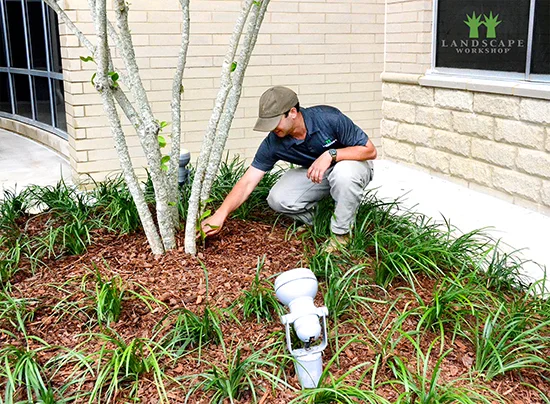How to Save Your Plants From the Summer Heat

Summer provides various challenges for gardeners. One of the most frustrating is that constant sun exposure and heat make it very easy for plants to dry out. And while it is no surprise that the summer’s extensive heat and dryness can test the lifespan of many plants, you may be surprised by the simple solution to that problem. Mulch.
Mulch should be on every gardener’s inventory list, especially in the summer. Not only does it improve the texture of soil, add valuable nutrients to the soil and plants, support organisms (such as earthworms) that keep soil healthy, and suppress the growth of weeds, but, most importantly, it also conserves your soil’s moisture. One layer of mulch will slow water evaporation by nearly 70%! Plus, as a bonus, it is typically seen as more aesthetically pleasing in comparison to bare soil.
Now that you have purchased the mulch, the question that arises is how do you apply it correctly? Thankfully, this is a simple process!
- 1. Spread a layer of one to three inches of mulch around all of your plants.
- 2. Do not go overboard during your application! If you place a thicker layer, you will risk reducing oxygen to the roots. The thin layer will provide a source of natural shade for your plant’s roots, keeping the soil underneath cool and the roots hydrated.
- 3. Leave one-two inches of breathing room around the plant stem or root. If you pile mulch up against the base of the plant, you will risk having too much moisture and rotting the plant out.
- 4. Summer mulches can be left in place and never removed since they will decay naturally due to heat exposure. Therefore, it is necessary to replenish your mulch each year to maintain your plants’ health throughout seasonal changes.
We at Landscape Workshop hope this helps ease some of your summer gardening woes. Happy mulching!



































